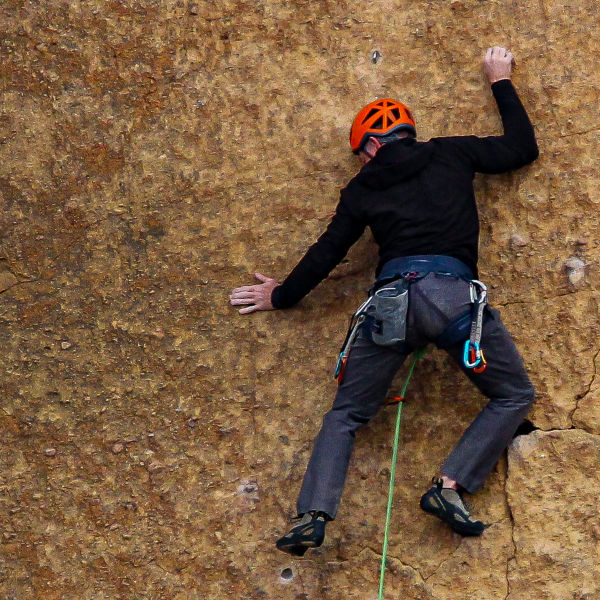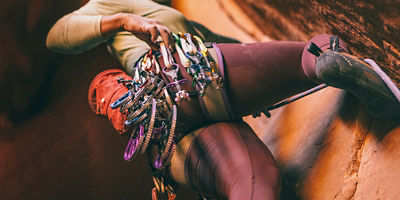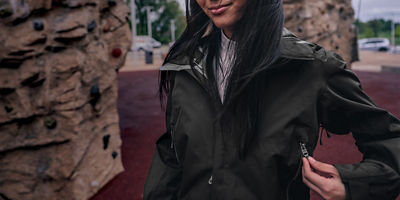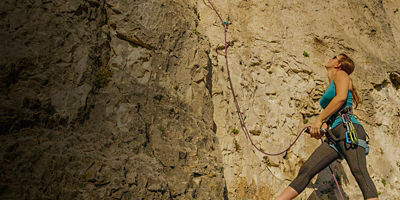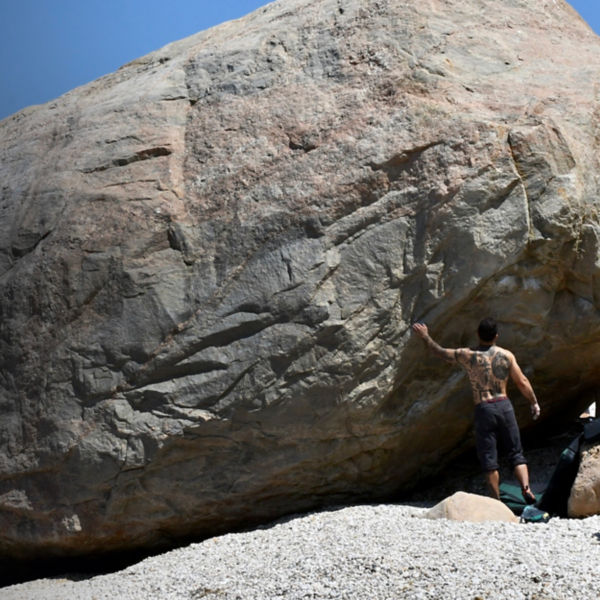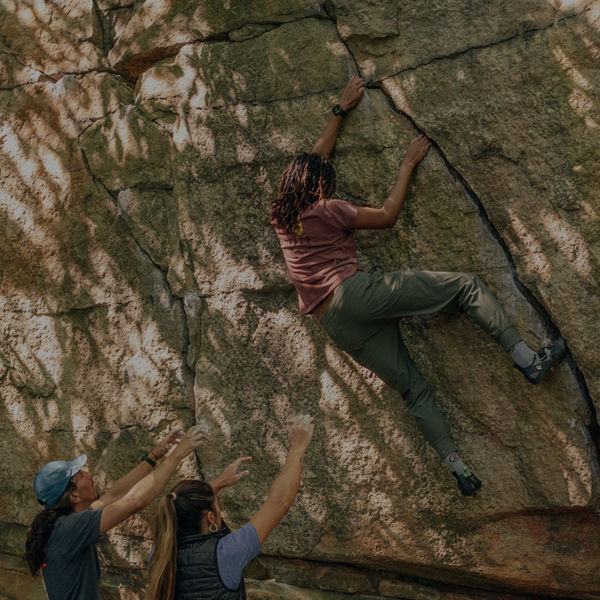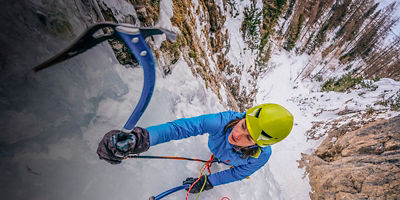
Cams and carabiners get all the glory, but even the coolest, most state-of-the-art climbing protection is useless without the connective tissue to hold the system together. Cord, webbing, slings, and other “soft goods” may be less glamorous to buy, but they’re critical for risk management in both sport climbing and trad settings, and just as essential as their shinier counterparts to building a robust rack.
Plus, with adequate knowledge of natural protection, knots, and hitches, these versatile pieces of material are virtually limitless in their applications. Having the right mix of slings, webbing, and cord is indispensable for protecting complex routes, self-rescue, rappelling, and anchor-building alike. In this guide, we’ll cover:
- Common Materials
- Personal Anchor Systems
- Soft Goods for Sport Climbing
- How to Choose
Common Materials
Climbers use a handful of different materials for different applications. Here are some of the most common soft goods you’ll come across.
Tubular Webbing
A nylon tube flattened into a ribbon and used primarily for anchor building and personal tethers. You can buy it by the foot or in sewn loops.
Dyneema Slings
A sewn loop of Dyneema (also called Spectra or Dynex), a super-strong material that’s significantly less bulky than nylon webbing. Dyneema slings are mostly used for alpine draws, and occasionally for anchor building or personal tethers.
Static Line
A rope that lacks the dynamic stretch found in climbing-specific ropes. It comes in a variety of lengths and is most useful for building toprope anchors in complex terrain.
Accessory Cord
Thin cord, usually 6 to 8 mm in diameter. You can buy it by the foot, or purchase a long pre-cut section and cut it to size yourself. Long loops of accessory cord—also called cordelettes—are most commonly used in anchor-building and can come in handy for self-rescue situations. Shorter sections are often used for tying Prusik hitches.
Hollow Block
This brand-name product is extremely popular and one of the more easily recognizable soft goods. It’s made of a strong, heat-resistant fiber called aramid, which makes it ideal for tying friction hitches as either a rappelling backup or in a self-rescue scenario.
Personal Anchor Systems
No matter what time of roped climbing you do, you’ll need a personal anchor system (PAS) to tether you to the wall while cleaning or building anchors. There are many purpose-made PAS tethers on the market. These are popular among beginner climbers for their ease of use. Most of them look like a linked chain of sewn loops. Some are made of nylon, which offers plenty of stretch if you should fall and load your PAS. Others are made of Dyneema, which is lighter and less bulky, albeit more expensive.
There are also quick-adjust systems, which are growing in popularity. These feature a length of dynamic rope with a sliding metal ring that lets you adjust the tether to your desired length, which is fast and easy to do one-handed.
However, most experienced climbers make do with a double-length nylon sling, which is more versatile in a pinch. While purpose-made PAS tethers are good for little more than their intended use, double-length slings can be used to sling a horn or other feature, extend a cam or nut, build an anchor, or extend a rappel.



